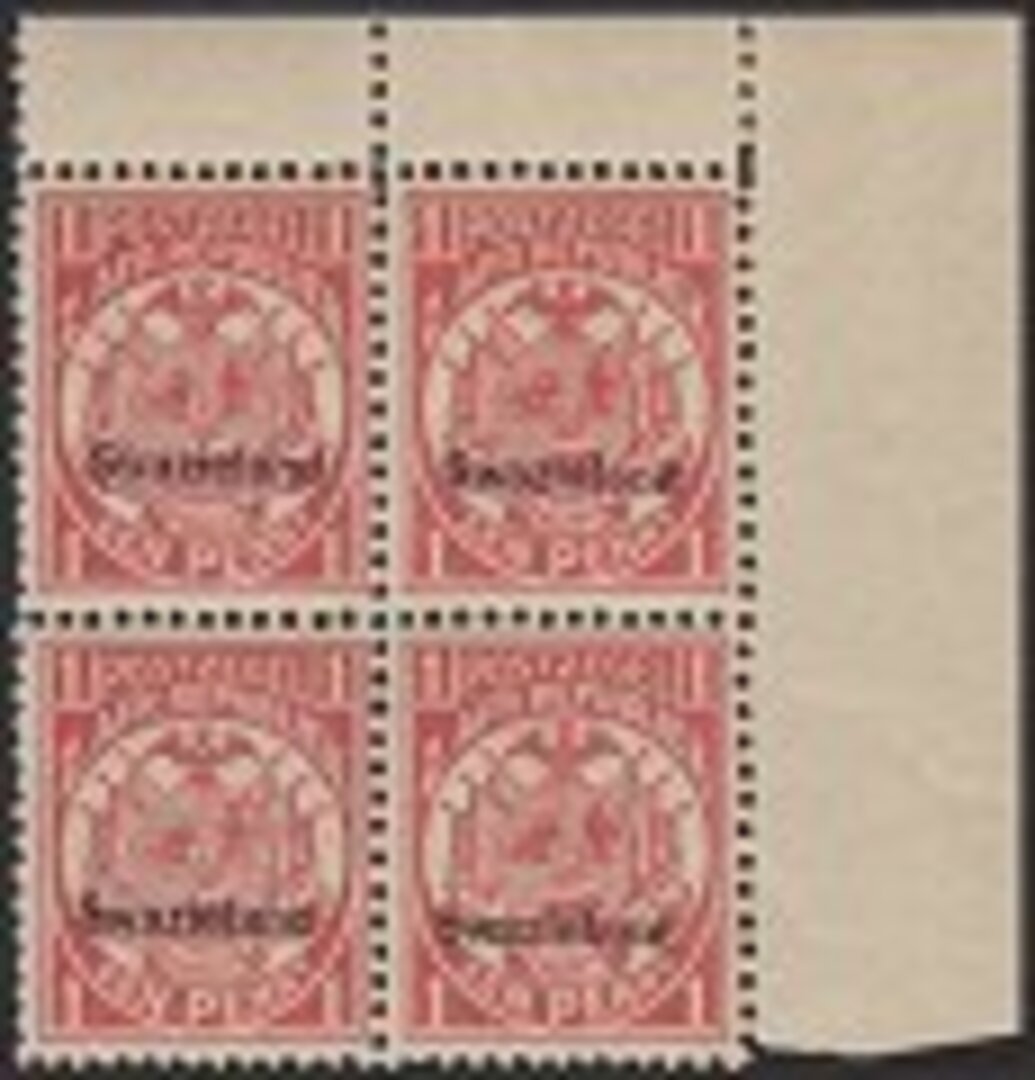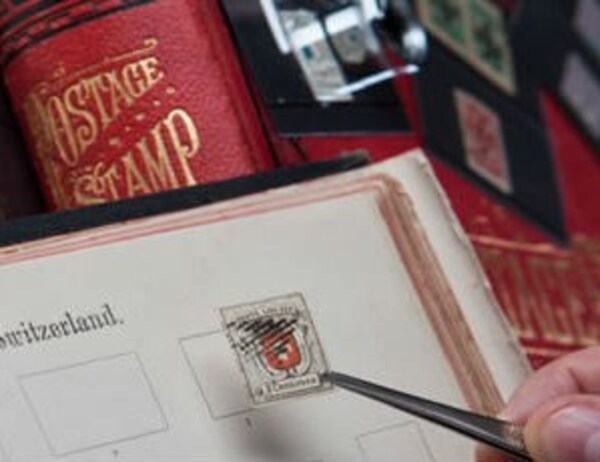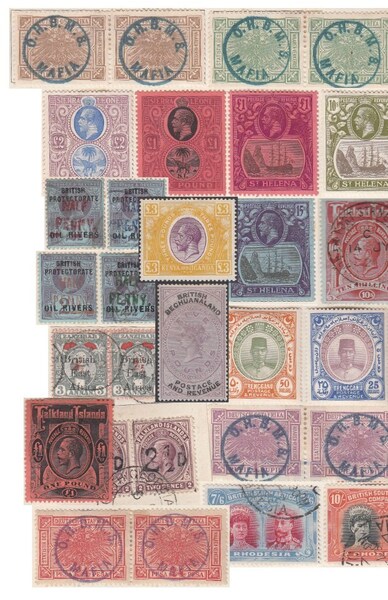How often have I heard a collector bemoaning that stamp- issuing policy in his preferred area has somewhat spun out of control? So lucky are we that what we first thought would be a relatively straight- forward task has grown beyond receiving new issues and shifted into the enjoyable hunt for rarities, proofs, cancellations, errors and varieties. We do like to complain - yet at the same time we do love collecting!
Most countries can turn into a rich playground, history and geography make for fascinating study, from those famous persons and beautiful scenes illustrated on stamps, to the postal history that informs and educates.
Swaziland has it all. Still maintaining a sensible new stamps issuing policy and small enough to grant the collector a feeling of some overarching understanding, whilst philatelically deep for the specialist, from those forerunner stamps of Transvaal used on “On The Swazie King’s Service” envelopes and the first 1889 “Swaziland” overprinted Transvaal values.
An interesting postally- related tale from this early period relates to the 1888 granting by the Swazie King of the Postal Concession to a John Robert Harington, initially at £25 for the next 50 years – just 18 days later that same Concession was sold for £12,000 to another ‘entrepreneur’!
Swaziland is small, about the size of Wales, and very beautiful including mountains and many rivers making communications difficult and the amount of post offices relatively sparse in comparison with other areas in southern Africa. This is a great help to those collecting postal markings, but there are still several hundred to find!
Those first 1889-90 overprints are replete with scarce varieties. The overprints both inverted or with missing letters are listed by Stanley Gibbons but there is much else besides including offsets, bisects, broken letters, angled overprints, reprints and forgeries to add to the fascination.
Swazilands first uniquely designed stamps appeared in 1933, they replaced the South African stamps then in use, and were designed by Rev C.C. Tugman who by his own admission was more concerned in creating a pleasant design than any accurate symbolism so he included two mountains “Sheba’s Breasts” drawn from Rider Haggard’s description in “King Solomons Mines” rather than an attempt at the real thing, also the two shields that frame King George 5th are more Zulu in proportions than Swazi, an error no local would have made given the historic antagonism between the two warrior peoples!
Then more stamps poured forth with a dedicated set for the 1935 Silver Jubilee, another for the 1937 Coronation and a KGVI definitive issue using the KGV frame design (with no changes!) which over a 17- year period produced many different perforations for us to find!
With the exception of the 1889 overprinted stamps perhaps the most interesting issue would be the 1961 decimal surcharged pictorial definitives with their wide array of different types, interesting flaws, shifts, positions, spacings and more.
There is much more of course, from revenue stamps to postal stationery and beyond, but Swaziland’s relatively small size allows a collector to carefully build a holding of interesting items without being overwhelmed. We highly recommend the outstanding work edited by Peter van der Molen RDPSA, FRPSL “Swaziland Philately to 1968” published by The Royal Philatelic Society London (ISBN 978-0-900631-62-7), and of course Stanley Gibbons excellent listings.


 General
General
 General
General
 General
General